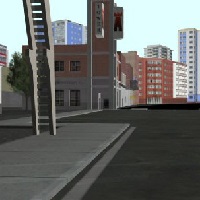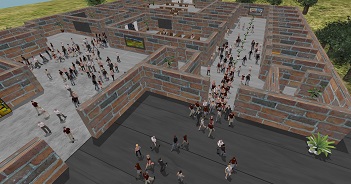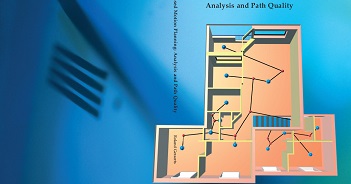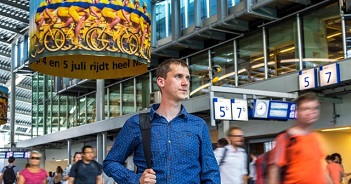Abstract
Planning high-quality camera motions is a challenging problem for applications dealing with interactive virtual environments. This challenge is caused by conflicting requirements. On the one hand we need good motions, formed by trajectories that are collision-free and keep the character that is being followed in clear view. On the other hand, we need frame coherence, i.e. the view must change smoothly such that the viewer does not get disoriented. Since camera motions dynamically evolve, good motions may require the camera to jump, leading to a broken frame coherence. Hence, a careful trade-off must be made. In addition to this challenge, interactive applications require real-time computations, preventing an exhaustive search for `the best' solution.
We propose a new method for planning camera motions which tackles this trade-off in real-time. The method can be used for planning camera motions of NPC's and first-person characters. Experiments show that high-quality camera motions are obtained for both scenarios in real-time.
Reference
-
Roland Geraerts. Camera Planning in Virtual Environments using the Corridor Map Method. In The Second International Workshop on Motion in Games (MIG'09), Springer Lecture Notes in Computer Science (LNCS) 5884, pp. 194-209, 2009.






